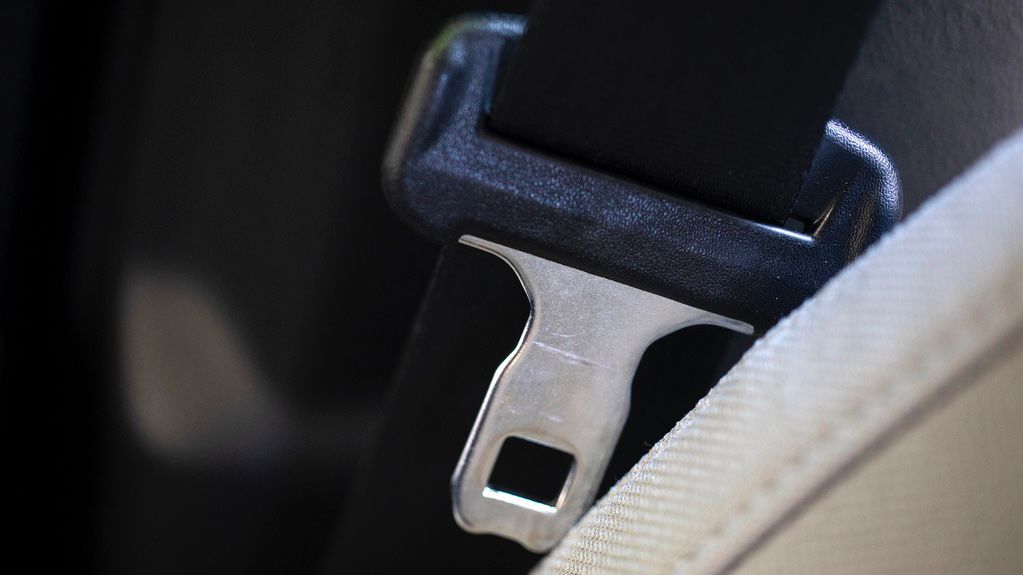More than a year after proposing a rule that requires automakers to include seat belt warnings for passengers, the National Highway Traffic Safety Administration finalized the new standard on Monday.
Under the amended occupant crash protection regulation, makers of passenger cars, trucks, buses (except for school buses) and multipurpose passenger vehicles will need to include seat belt use warnings for passengers in the right front seat and second row.
“Wearing a seat belt is one of the easiest and most effective ways to prevent injury and death in a vehicle crash,” NHTSA Chief Counsel Adam Raviv said in a statement. “While seat belt use has improved for decades, there’s still more we can do to make sure everyone buckles up.”
NHTSA estimates the rule change will save about 50 lives and prevent at least 500 injuries each year.
In 2021, nearly 43,000 people died on U.S. roadways, according to NHTSA. Half of the passenger vehicle occupants who died were not wearing a seat belt. The rates were even higher for rear-seat occupants, 59% of whom were not belted when the car crashed.
The agency said seat belt usage among rear-seat passengers is 81.7% compared with 91.6% for those seated in front.
Seat belt warning systems work by using visual or audible alerts to encourage their use. Under the finalized rule, rear seats are required to incorporate visual warnings upon a vehicle’s startup that alert the driver to the status of the rear seat belts and an audio-visual change-of-status warning if a rear seat belt is unbuckled while the vehicle is moving.
Under the finalized rule, manufacturers need to include enhanced front seat belt warnings on new vehicles starting Sept. 1, 2026, and rear seat belt warnings by Sept. 1, 2027.



